How to Change Your Mind: What the New Science of Psychedelics Teaches Us About Consciousness, Dying, Addiction, Depression, and Transcendence
ISBN-10: 0735224153
ISBN-13 : 978-0735224155
Publisher : Penguin Books; Reprint edition (May 14, 2019)
Language : English
Paperback: 464 pages
Reading Age : None
Dimensions : 5.46 x 1.19 x 8.42 inches
Item Weight : 1.12 pounds
$12.79 $11.51
Description
Now on Netflix as a 4-part documentary series! “Pollan keeps you turning the pages . . . cleareyed and assured.” — New York Times A #1 New York Times Bestseller, New York Times Book Review 10 Best Books of 2018, and New York Times Notable Book A brilliant and brave investigation into the medical and scientific revolution taking place around psychedelic drugs–and the spellbinding story of his own life-changing psychedelic experiences When Michael Pollan set out to research how LSD and psilocybin (the active ingredient in magic mushrooms) are being used to provide relief to people suffering from difficult-to-treat conditions such as depression, addiction and anxiety, he did not intend to write what is undoubtedly his most personal book. But upon discovering how these remarkable substances are improving the lives not only of the mentally ill but also of healthy people coming to grips with the challenges of everyday life, he decided to explore the landscape of the mind in the first person as well as the third. Thus began a singular adventure into various altered states of consciousness, along with a dive deep into both the latest brain science and the thriving underground community of psychedelic therapists. Pollan sifts the historical record to separate the truth about these mysterious drugs from the myths that have surrounded them since the 1960s, when a handful of psychedelic evangelists inadvertently catalyzed a powerful backlash against what was then a promising field of research. A unique and elegant blend of science, memoir, travel writing, history, and medicine, How to Change Your Mind is a triumph of participatory journalism. By turns dazzling and edifying, it is the gripping account of a journey to an exciting and unexpected new frontier in our understanding of the mind, the self, and our place in the world. The true subject of Pollan’s “mental travelogue” is not just psychedelic drugs but also the eternal puzzle of human consciousness and how, in a world that offers us both suffering and joy, we can do our best to be fully present and find meaning in our lives.
Additional information
| Format | Paperback |
|---|
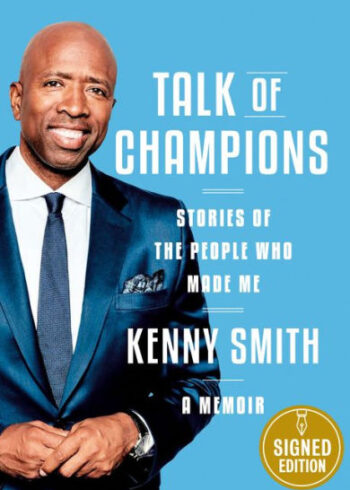




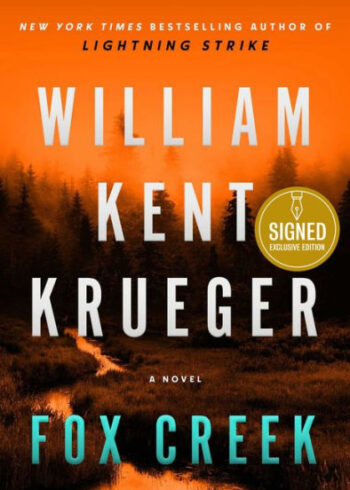



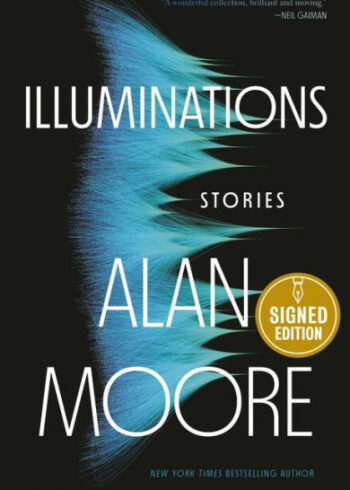




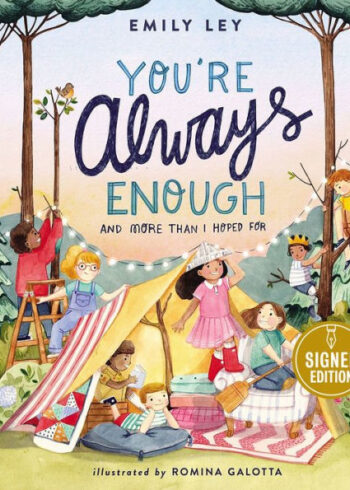

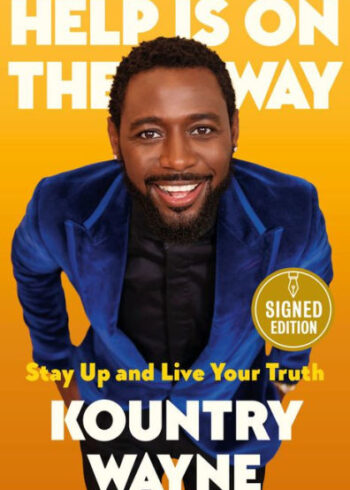



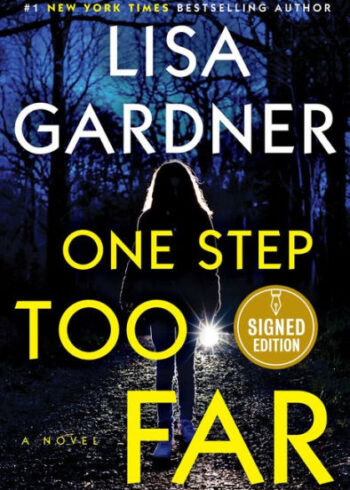


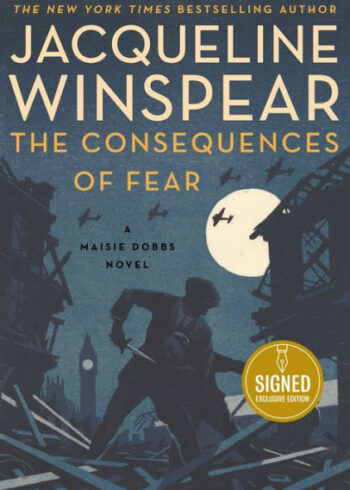



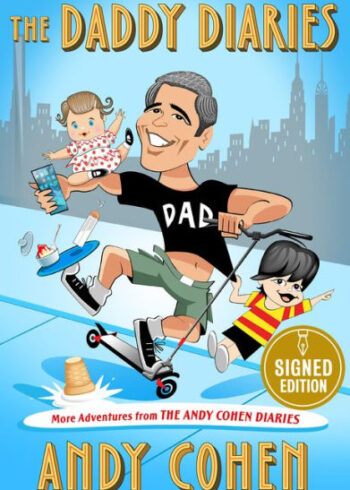
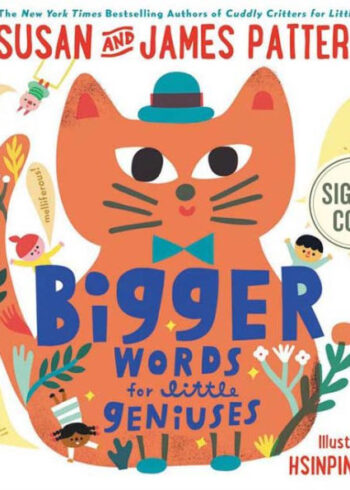
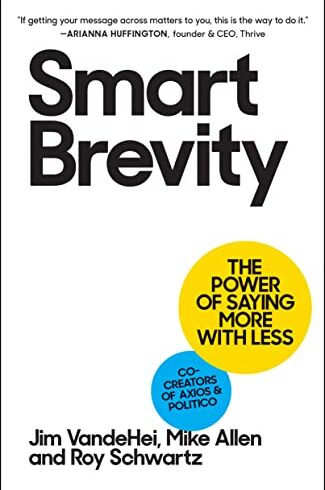


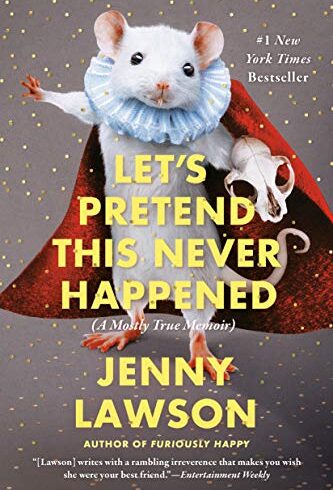



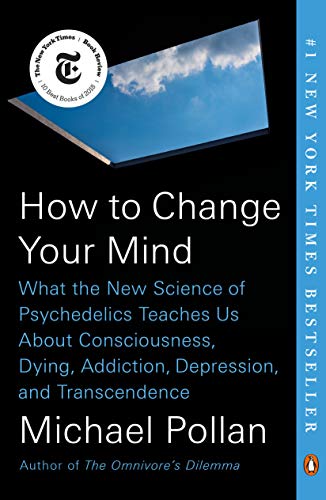

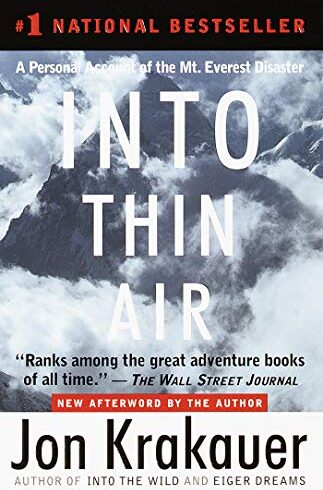


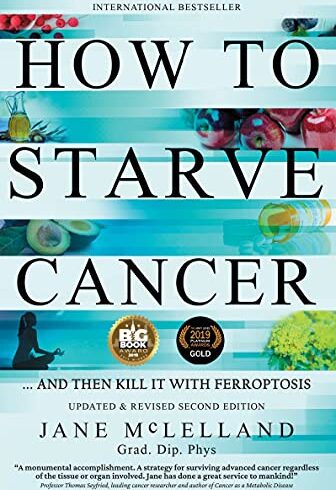
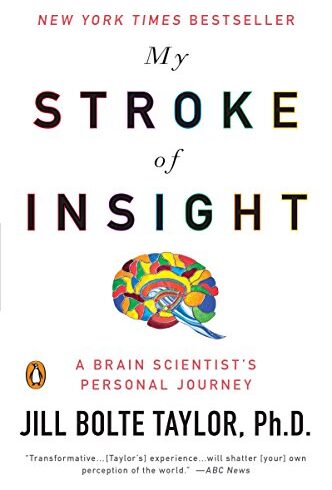

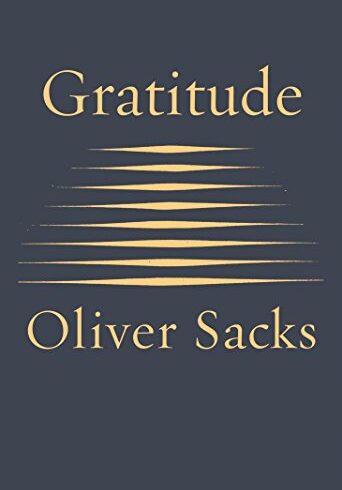
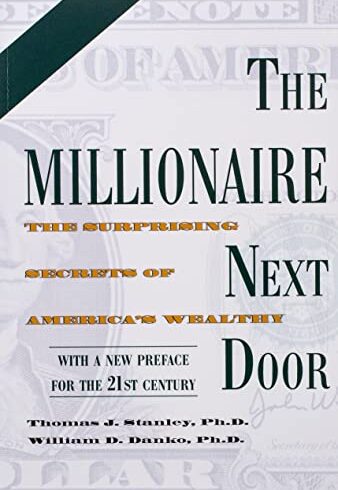
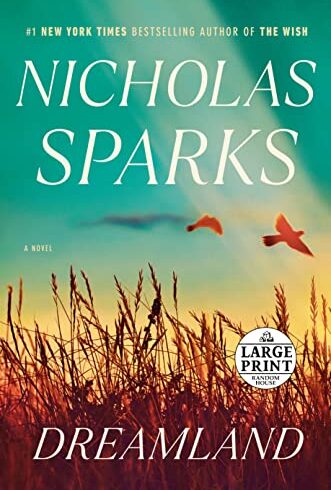
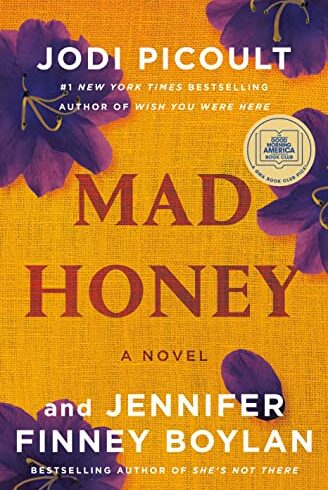

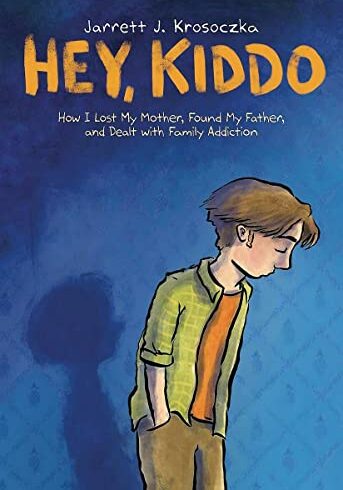
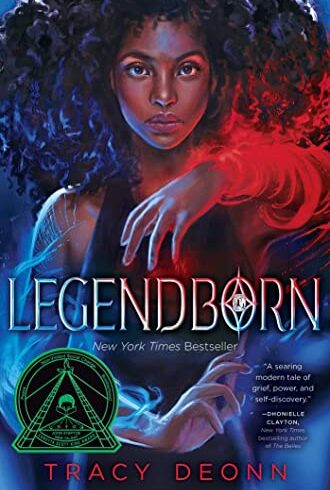
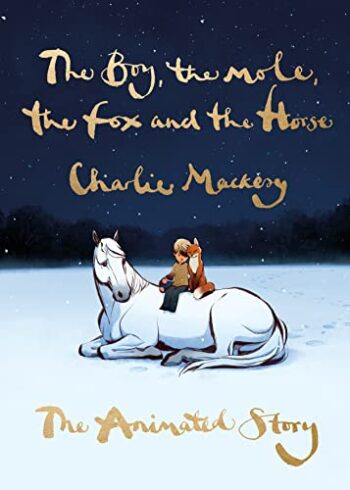
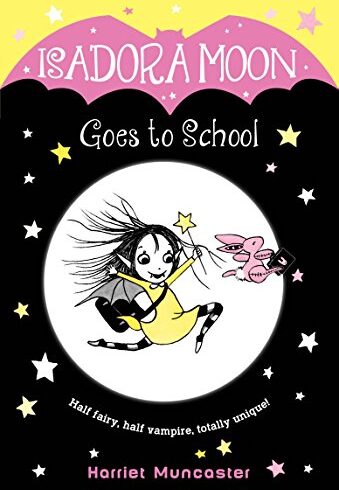

Robert J. Crawford –
Rather than a “renaissance”, I would say we are in a second-wave psychedelic movement: serious, more realistic, more modest, but by no means a major trend. As Pollan stresses, the first wave was much more than Timothy Leary, encompassing as it did more solid academic and government research alongside the frolics of 60s excess. For a long time, it was buried in reaction and illegality. Now, Pollan argues, it is time to look back at what we know and build on that in better ways and wary of reaction. He even (conveniently) argues that hallucinogen use might be better for the middle aged and the dying to take it than our youth – that means us., The book begins with a look at some of the personalities, including contemporary ones, and a solid recapitulation of the history. LSD was invented in a Sandoz lab in 1938, though its psycho-active nature was discovered later. Psilocybin mushrooms were “discovered” by westerners in the early 50s as were DMT toads, though they (and others such as mescalin) were known to local natives for centuries and part of pre-Christian religious tradition. All three of these hallucinogens shared a very similar molecule, which resembles dopamine and hence acts on synapses in the brain. The 1950s saw a great deal of experimentation, including those of Henry Luce (the conservative publisher of Time/Life), Aldous Huxley, and Cary Grant. It was hailed as a miracle drug even by the CIA, which engaged in many classified experiments. Unfortunately, so the narrative goes, the ridiculously flamboyant Leary promoted it in a way that was threatening to the mainstream, resulting in strict laws banning them and ending all official research as the drugs went underground. (Leary even consulted Marshall McLuan on how to present himself.) That is a historical moment I remember well and I read most of the popular books on hallucinogens of the time. It sure upset my mother, though my dad (a psychiatrist open to all of it but solidly against drug use of any kind) was willing to explore the possibilities., There were a number of things the drugs were purported to do. They were promoted as ways to 1) relieve a vast number of psychological ailments, ranging from depression to alcoholism; 2) open the mind to new possibilities, including Leary’s iconic “turn on, tune in, drop out” but also to ancient wisdom and the like; 3) a truth serum for the CIA; 4) a spiritual journey, perhaps a way to connect with God and nature; 5) uniquely hip recreation. I am sure there were other things claimed, but these are why I was fascinated – and frightened – of these drugs., From the mid-60s, the drugs went underground, developing their own subcultures, traditions, and practices. They weren’t just recreational, but those serious about their purported uses became hard to find as they risked prison. Only in 2006, Pollan believes, did academia begin a new round of studies more rigorous than the well known ones of Leary’s group at Harvard. In the meantime, the science of the brain had evolved as well. Finally, a protocol developed about the need for a “guide” or mentor or overseer of the experience in controlled settings., Pollan approaches all of this, in my opinion, with the perfect blend of openness and skepticism; he is an atheist and rationalist, but wants to discover if there is more to things than he imagined. It is exactly what I hoped to find., As I see it, Pollan’s argument is based on a fascinating interpretation of neuro-scientific research (which, he clearly notes, is unproven as of yet). These hallucinogens, it seems, diminish the action of the default mode network (DMN) of the brain; this is the so-called seat of the ego, which is the psychological construct that oversees how we manage life. From experience, he explains, we build a number of mental algorithms, which channel our thoughts and judgments in ways that are efficient, enhancing both survival fitness but also making life easier. The process creates well worn tracks in the brain, kind of like paths trodden into hills of snow (his metaphor), i.e. easier to ski down yet ultimately limiting. What LSD, ‘shrooms, and DMT do (in sufficient doses) is a) suppress the ego so that the mind is opened in a way similar to that experienced by babies before ego formation and thus, b) enable the mind to create new pathways, making new neuronal connections that get out of the old patterns of thinking. This is the mechanism, in theory, that overcomes the destructive patterns of limitation as expressed in depression, addiction, fear of death and many other pathological conditions. I have heard that people on acid can “feel” the unique energy of plants and visualize their hopes, which are reflected in their visions – all of this falls under Pollan’s rubriques., An adjunct to all of this is Pollan’s experiments on himself. Armed with the traditional sources (from William James and Freud to Aldous Huxley and Ram Dass) and the latest scientific literature, he plots a pretty moderate narrative – never claiming too much, always skeptical and questioning, but finding great personal meaning as well. I was deeply impressed with his perspective. The descriptions are nothing short of fantastic., This book is a great intellectual journey, verging on the spiritual in some moments. I was utterly fascinated and as a man Pollan’s age, completely open to the ideas. This is a great opening to possibilities, with all the right caveats, a masterpiece of scientific, psychological, personal, and spiritual development. I give this my highest rating and most enthusiastic recommendation.
Mark Brennan –
“Turn off your mind and float downstream…” are the words beginning the Beatles song Tomorrow Never Knows, on the album Revolver. The following is a review of 6 fairly recent books centered on these 7 words and the music that accompanies them. They are, listed from wide to narrow focus:, How to Change Your Mind: What the New Science of Psychedelics Teaches Us About Consciousness, Dying, Addiction, Depression, and Transcendence by Michael Pollan, Penguin Press, 2018, The Gospel According to the Beatles by Steve Turner, Westminster John Knox Press, 2006, Revolution in the Head: The Beatles Records and the Sixties, 3rd ed. by Ian MacDonald, Chicago Review Press, 2007, Tomorrow Never Knows: Rock and Psychedelics in the 1960s by Nick Bromell, University of Chicago Press, 2000, Rock: The Primary Text: Developing a Musicology of Rock, 2nd ed. by Allan F. Moore, Ashgate Publishing Company, 2001, The Beatles: Sgt. Pepper’s Lonely Hearts Club Band by Allan F. Moore, Cambridge University Press, 1997, ________________________________________________________, I will provide a brief bio of your reviewer so you can see where I’m coming from (and maybe where I’m going to):, I first heard Tomorrow Never Knows at age 12 in 1974, when my uncle had given me Rubber Soul and Revolver to add to my burgeoning private record collection. When the Beatles hit America, I was 2 years old, had young hip parents who always had pop radio on, and even then had absconded with my grandmother’s 5 transistor (proudly displayed) “pocket” radio. It became mine, and even television didn’t supplant the importance of the music I was listening to on the radio., When my uncle gave me Revolver, I had already possessed the White Album (my dad bought it in 1968 when I was 6, and strangely enough, bought John and Yoko’s Two Virgins LP, as an investment I suppose), Abbey Road, and the 1962-1966, 1967-1970 compilations. But, I had never heard anything like Tomorrow Never Knows, and was endlessly fascinated by the music and then the lyrics which were imploring me to listen to the colors of my dreams. Huh?, Four years later, 1978, age 16, I began a decade long spiritual quest beginning with a query into Christianity I was familiar with through cultural osmosis, compared to the ideas expressed in Tomorrow Never Knows., For ten years I searched for someone I could trust to give me a psychedelic. My first of four magic mushroom trips started on my 26th birthday. I was intellectually primed for an experience having read books from the Electric Koolaid Acid Test to the Tao of Physics and The Cosmic Code. Digesting what I had just experienced, it was my great fortune to discover on PBS special featuring Joseph Campbell and Bill Moyers in “The Power of Myth,” and through him, the psychology of Carl Jung. (Freud had turned me off in college and I hadn’t yet given Jung a chance, silly me.) The rest, as they say, is history., I’ve been most focused over the years on what now can be called psychedelia. (I had aspired to be like the professor of applied narcotics in the hilarious Rutles movie All You Need Is Cash. “Listen, lookit, very simply…”) In particular, I’m most interested in the years of 1966-1968., _______________________________________________________, From the outset, one cannot understand, naturally, psychedelia without knowing something about psychedelics in general. A new book, as of this writing, is Michael Pollan’s How to Change Your Mind., I have long been in the habit of reading the bibliography and index of books, and sometimes notes and references, before even opening up to read the first page. I find it’s a good habit, and Pollan’s bibliography doesn’t disappoint. It alone is worth the price of admission., He divides the history of psychedelics into two periods: the first ending with the prohibition and disfavor of psychedelics (and hippies in general) in the backlash during the 70s. The second period is the resurgence of psychedelic research, almost all underground initially, that started a few years later., I am intimately familiar with the texts of the first period, and almost completely ignorant of the second, despite having joined MAPS in the early 80s. (I remember in the early 70s finding a urine soaked box of sugar cubes in our apartment parking lot with the adults present saying it was a dreaded drug. Scary. I had no idea then, but know know, that LSD laced sugar cubes are not yellow, usually.), Pollan comes to psychedelics from a traditional journalistic/scientific worldview: “My default perspective is that of a philosophical materialist who believes that matter is the fundamental substance of the world and the physical laws should be able to explain everything that happens.” (pg.12), A mystic or proselytizer (think Timothy Leary) he is not, and it is his generally skeptical approach which should help elucidate the subject for those with an “objective” worldview on the subject of psychedelics. For example, by someone considering only scientifically measurable phenomenon worthy for study or exploration., A most excellent introduction to psychedelia as a whole., John Lennon, 1968: “If this scene is (around) in 2012 . . . the masses will be where I am today and I should be as groovy as Jesus by then.” (pg. 1) When I read this quote on the first chapter of The Gospel According to the Beatles, I thought to myself, oh this should be good., Having already scanned the sources at the back of the book, I knew that the author, music journalist Steve Turner, had many interviews he personally had about religion with the major characters involved, including John Lennon in 1969 and a whole host of people who were there., Add in a deft analysis from a Christian author, as he defines himself, and you get an insight into the Beatles particular brand of spirituality as it developed through the years. He writes: “In what follows I won’t be endorsing everything they said. I will simply be arguing that they had things to say and that these things were taken seriously at the time by a large proportion of young people, many of whom are still affected by those views.” (pg. 11) Indeed., And yet, Turner only mentions Tomorrow Never Knows specifically and in passing only 3 times. For me, this leaves much to be desired. Read on:, Next comes Revolution in the Head by Ian MacDonald. One of those most cited books in the Beatles canon, and for good reason. (The first edition came out in 1994.) A book that analyses each song, and also has a very good introduction (an essay really) which begins with a quote by Aaron Copland: “If you want to know about the Sixties, play the music of the Beatles.” (pg.1), In his essay, MacDonald, a British music critic, places the Beatles’ spirituality (expressed via their songs) in a broader sociological context. He writes in 1997, “the destabilizing social and psychological evolution witnessed since the Sixties stems chiefly from the success of affluence and technology in realizing the desires of ordinary people. The countercultural elements usually blamed for this were in fact resisting an endemic process of disintegration with its roots in scientific materialism.” (pg. 36) And, “The Sixties seem like a golden age to us because, relative to now, they were.”, On the plus side, for my purposes, MacDonald devotes 8 pages to the Tomorrow Never Knows track. In it, he discusses the recording process (in much less detail than Mark Lewisohn’s book) and also a bit of musicology (but less than Allan F. Moore, see below). His best observation is, “… yet it is easy, thirty years later, to underestimate its original cultural impact.” (pg. 191) Indeed yes., But MacDonald has an exceedingly dim view of psychedelic drug use, calling it “Russian roulette played with one’s mind” (pg.186) To each their own opinion, I say. In support of his argument, he cites several times that his source of the effects of LSD on Lennon’s life is Albert Grossman’s biography of John. (I decline to comment here.), Such opinions are why I started this review with Michael Pollan’s book. The truth of the matter is much more nuanced than MacDonald or Grossman’s account., It’s true that there were so-called “acid-casualties” like Syd Barrett and Peter Green, they being two famous examples. Both, however, suffered from schizophrenia, which can be triggered by psychedelic use. Says David Gilmour (from Wikipedia): “In my opinion, (Syd’s) nervous breakdown would have happened anyway. It was a deep-rooted thing. But I’ll say the psychedelic experience might well have acted as a catalyst. Still, I just don’t think he could deal with the vision of success and all the things that went with it.”, Clearly, we will have to go somewhere else to get perhaps a more balanced view:, In the introduction to his wonderfully titled (in my opinion, anyway) book Tomorrow Never Knows, a professor of history, English, and American Literature, Nick Bromell, states: “This book isn’t conventional history or cultural studies or popular culture analysis or musicology or memoir, but a hybrid of all of these.” (pg. 6) Now we’re talking! A short but packed book, I wish I could have read it long ago. Impossible to describe in fewer words than the text itself, so I shan’t even try., After noting (and agreeing) that many critics regard Tomorrow Never Knows as the most important rock song of the decade, Bromell takes that as just the starting point in his discussion. I myself have had over the years a rotating list of favorite Beatle songs (Strawberry Fields, A Day in the Life, I am the Walrus, Dear Prudence) but Tomorrow Never Knows was the most influential in my life., Bromwell writes: “Yet we must also remember that to the millions of young persons who, innocent of Leary and LSD, eagerly unwrapped the new Beatles album and sat back to see where it would take them, Tomorrow Never Knows was an enigma they would understand only gradually, through many listening and over many months.” Or years, in my case. “They heard it first and foremost as a place to dwell, not as an answer or a deliverance.” (pg. 93), Need I say more? A most excellent read and a wonderful book to create more avenues for exploration. (For example, he references Heidegger in his explanation of the song’s significance. I did not know that. Off to Wikipedia I go…), As mentioned in his introduction, Bromell includes the discipline of musicology in his analysis. For those who are very interested in this topic, I recommend two books by musicologist Allan F. Moore., Rock: The Primary Text is a great introduction to a serious analysis of rock music. Although there were exceptions (like Twilight of the Gods by Wilfred Mellers), there was precious little analysis of rock music in academia for a long time. Presumably, many scholars didn’t think there was much to this simple rhythmic (at least at the beginning) music of the unwashed masses, made up of people like me. Such attitudes are hopefully not as strong these days., Moore stresses the sounds of rock music. He writes in his introduction, “We can, however, evolve an understanding of what ‘rock’ is, in musical terms, by treating it as structured by multiple-evolving but coherent set of rules and practices.” (pg. 7) If this sounds at all interesting, this book is for you., Moore also wrote The Beatles: Sgt. Pepper’s Lonely Hearts Club Band, which begins, quite rightly, with Strawberry Fields/Penny Lane (the finest single ever made, so says I) and then onto Sgt. Pepper proper. A bit denser than than the book above, but much shorter, I personally understood only some of it. (I did take music theory in college, but the class didn’t speak to me. The academy didn’t seem to care about the music I was interested in.), _______________________________________________________________, “Trust your divinity, trust your brain, trust your companions. Whenever in doubt, turn off your mind, relax, float downstream.” – The Psychedelic Experience (pg. 6) by Timothy Leary, Richard Alpert, and Ralph Metzner, University Books, 1964, In one of those rare moments of synchronicity (aka meaningful coincidences), as I was writing this review I learned that Ralph Metzner had recently died, and, further, that I unknowingly was a neighbor of his for the past 20 years, in a small hamlet called Sonoma, California, in wine country. Small world, huh?, Best Wishes for his family., – March 2019
Chuck –
I really enjoyed reading this book. From the very first page, Pollan grabs your attention with his personal experiences and takes you on a journey through the history and current state of psychedelic research., But don’t worry, you don’t need a degree in neuroscience to understand this book. Pollan breaks down complex scientific concepts in a way that’s easy to digest, making it a blast to read for both the layperson and the scientist alike., From treating his own mental health issues to exploring the potential of psychedelics in end-of-life care, Pollan keeps you on the edge of your seat as he investigates the many possible uses of these mind-bending substances., This book is not just about the therapeutic benefits of psychedelics, it also delves into the history of these substances, how they were discovered and used in the past and how they are being studied today. It’s a wild history lesson and a glimpse into the future all in one., But don’t be fooled, the book also covers the potential risks of psychedelics use, keeping it real and making sure the reader understands the subject matter in a comprehensive way., Overall, this is a book that will have you questioning reality and your own consciousness. It’s a must-read for anyone curious about the mind-blowing world of psychedelics.